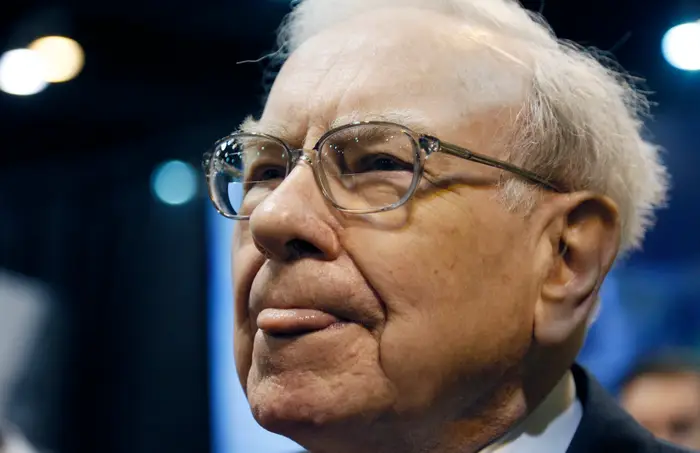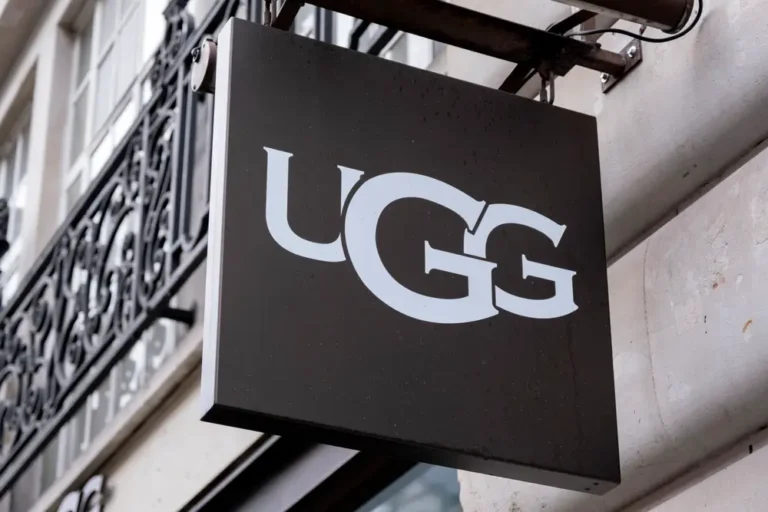Why the stock market’s hottest new trade in small companies is doomed

It’s been called the hottest trade on Wall Street right now in recent weeks.
Rate cuts, a rotation out of Big Tech, and a potential soft landing — the current economic environment sounds like the perfect recipe for small-cap stocks to take off.
After lagging large-caps for the last year, small-caps have rallied over the last several weeks. While some market experts see this as the beginning of a small-cap revival, a growing chorus of strategists believe the trade doesn’t have legs.
Rate cuts could help small-caps, which typically carry more debt on their balance sheets than their larger counterparts and would experience more debt relief and earnings growth.
However, rate cuts may not override the fact that the US economy is entering a period of cooling.
Jeffrey Buchbinder, LPL Financial’s chief equity strategist, believes that while small-cap underperformance makes valuations attractive, a slowing economy is not the ideal part of the business cycle for small-caps to outperform. In his opinion, the best time to buy small-caps is when the economy enters a period of expansion.
Chad Oviatt, director of investment management at Huntington Private Bank, echoes this sentiment. According to Oviatt, there are certainly promising individual small-cap investments. However, performance in this area of the stock market is ultimately tied to the health of the overall US economy, as many small-cap companies are highly sensitive to economic cycles. The US dollar has also come under pressure recently. Oviatt believes a lower dollar could result in more favorable US export numbers, which he thinks will boost larger companies more than smaller ones.
A rotation out of Big Tech isn’t sufficient to save small-caps either, according to Clyde Rossouw, portfolio manager at asset management firm Ninety One. He doesn’t think it’s reasonable to believe investors are taking their money from Big Tech and funneling it into small-caps.
“It’s difficult to see a huge amount of money going into small-caps by definition because the actual investible opportunity is so little,” said Rossouw. “Let’s say $2 trillion came out of Microsoft hypothetically. It couldn’t go into the Russell 2000. There’s not enough stocks to buy and it could almost cause a market distortion.” In his opinion, a sustained flow of money from Big Tech to small-cap isn’t a realistic expectation, so don’t count on the market rotation to boost the small-cap sector.
Rossouw also points out that while rate cuts certainly will help small-caps, their performance is overly dependent on the Fed’s actions. If the Fed doesn’t cut rates as quickly as markets expect, then the earnings risk for small-caps will increase.
Beyond the macroeconomic situation, small-cap earnings simply haven’t kept up, according to Bank of America. This creates a glaring disparity in contrast to the strong performance of large-caps.
“Guidance has been weak (vs. surprisingly strong in large caps), sales have missed, revisions are negative, and the profits recovery has once again been pushed out another quarter,” Jill Hall, Bank of America’s head of US small and mid-cap strategy, wrote in a recent note. The financial reality for small-caps hasn’t been the most optimistic coming out of second-quarter earnings.
Invest in quality instead
The best investment for a cooling economy is to seek out quality, according to Bank of America.
The bank believes volatility will be the new normal for markets in the next few months. As a result, companies with resilient business models and strong financial metrics are best positioned to weather choppier economic conditions.
“Quality has been the most consistent leader in downturns,” Hall said.
From this perspective, the small-cap trade doesn’t seem quite as hot, as nearly 40% of Russell 2000 stocks are unprofitable.
That’s not to say that you should write off small-caps completely, but investors who are still interested in buying small-caps should do so through the lens of quality first and foremost, according to Bank of America.
Rossouw concurs with this quality-first approach, arguing that quality characteristics such as earnings and free cash flow growth are the main drivers behind long-term stock price appreciation.






